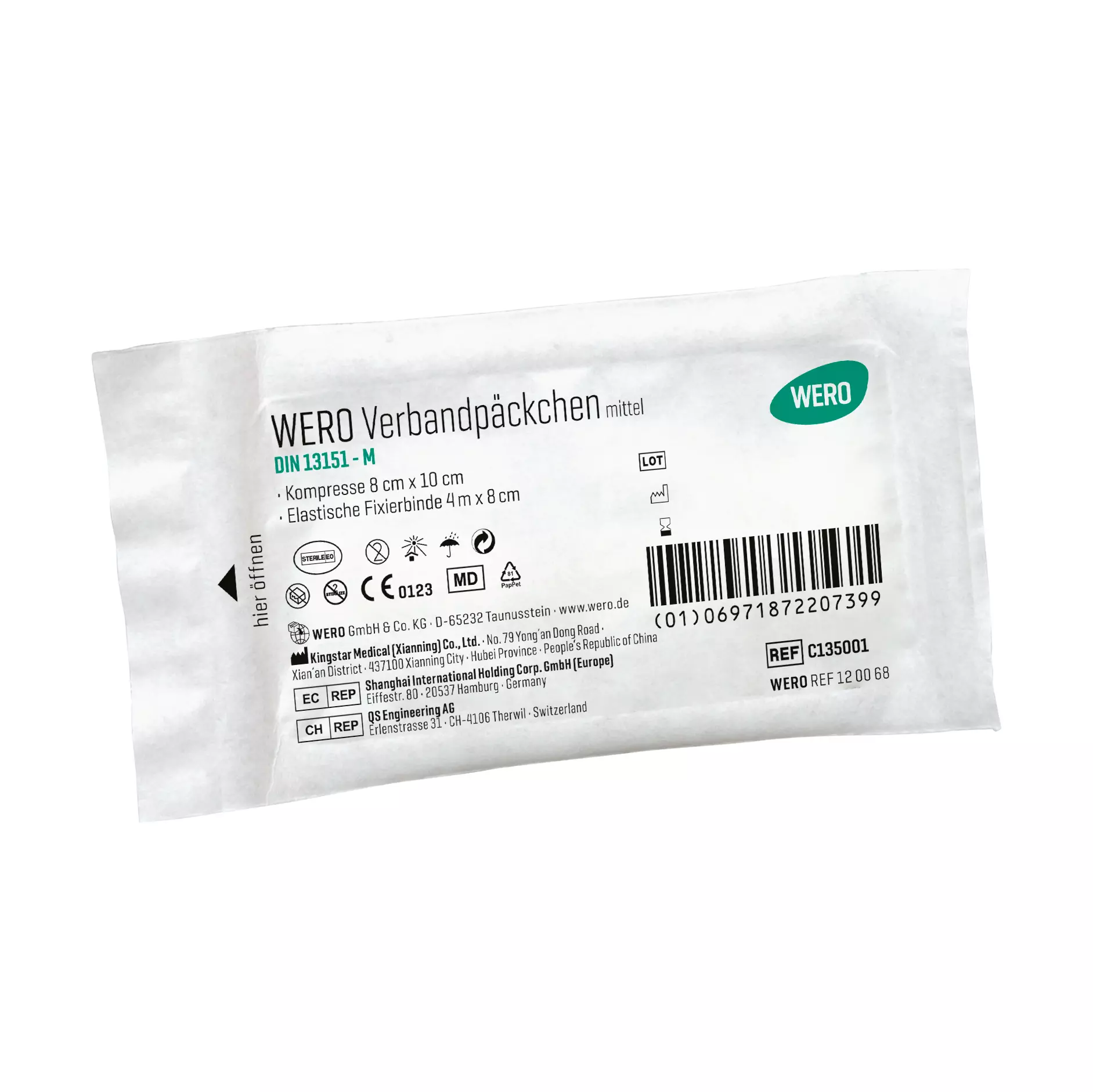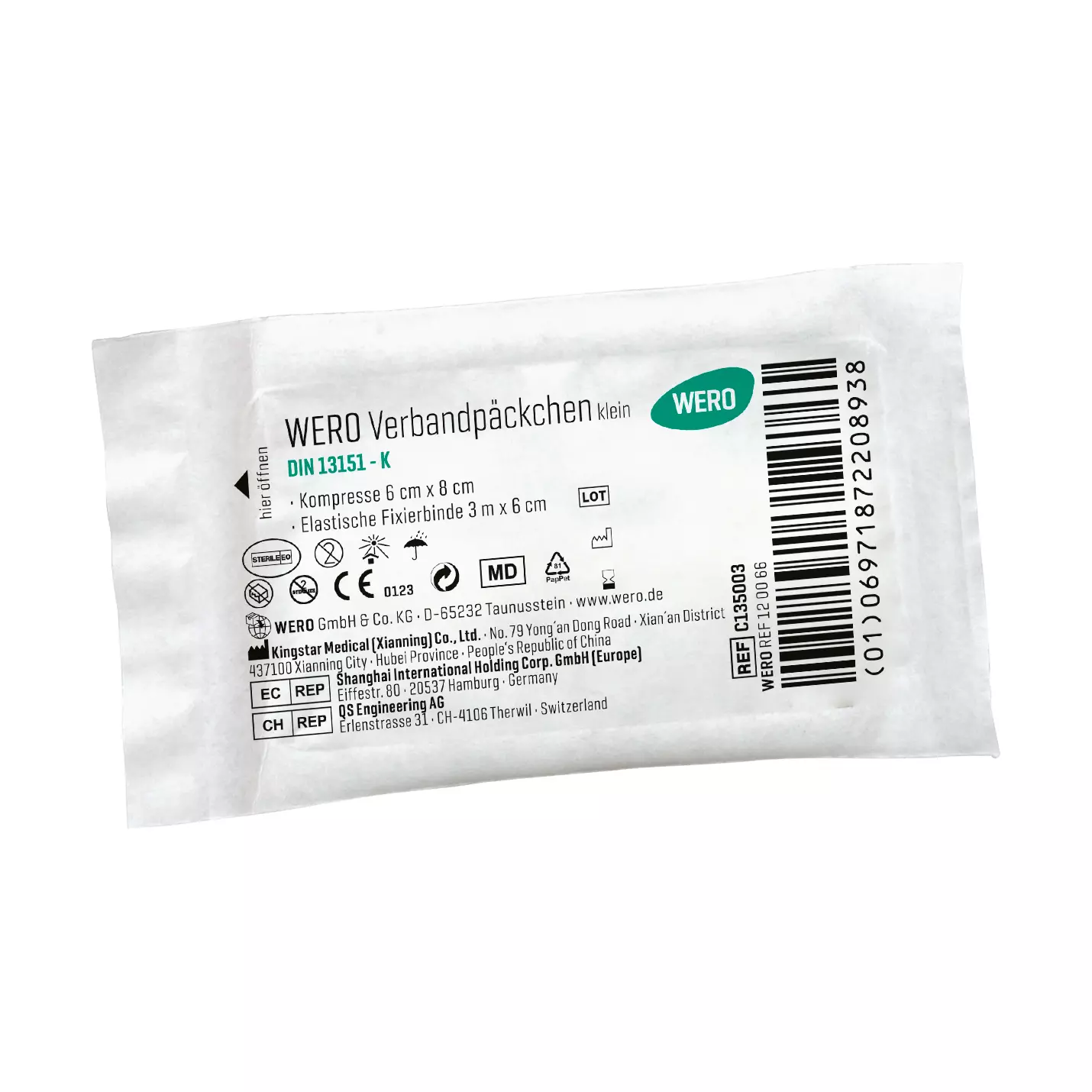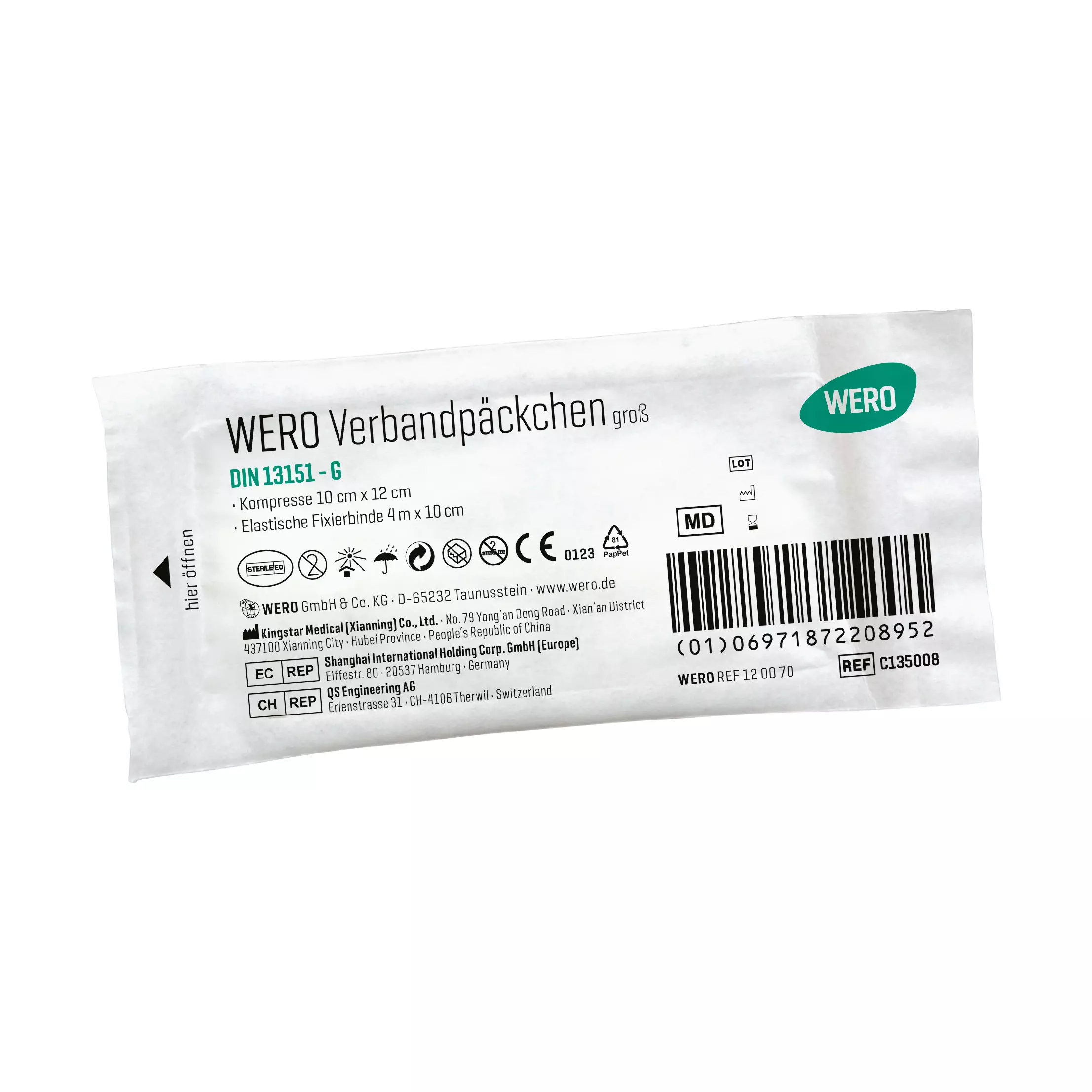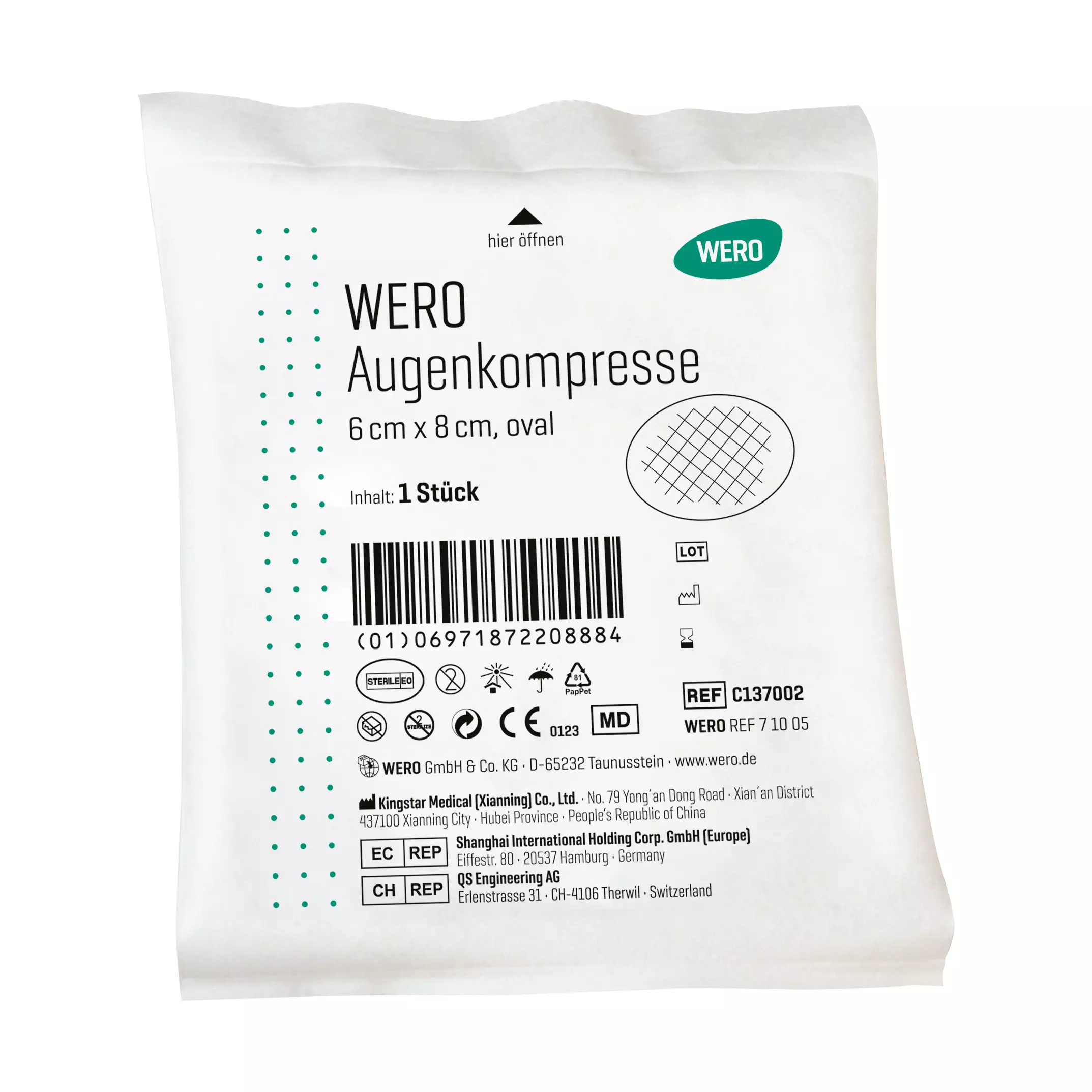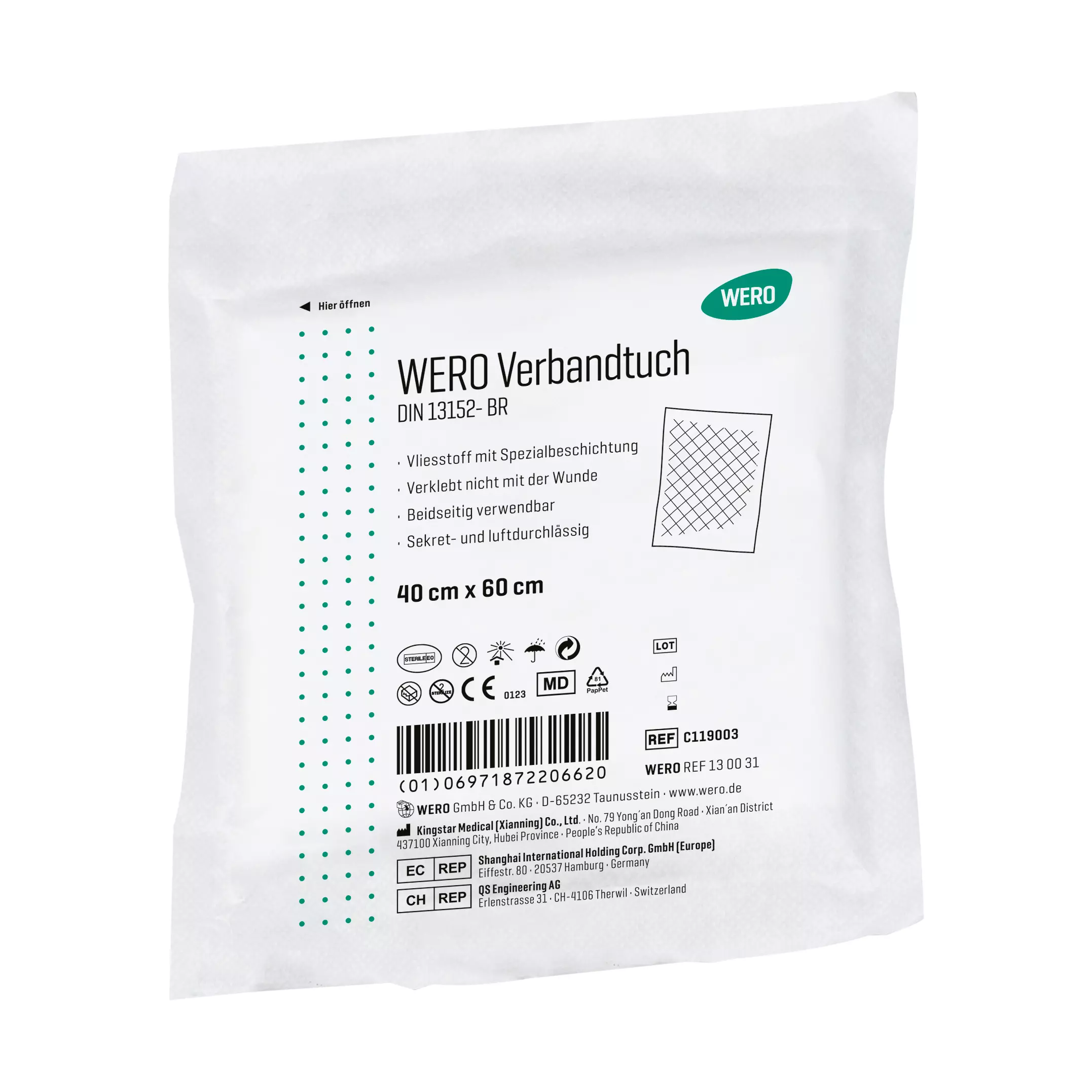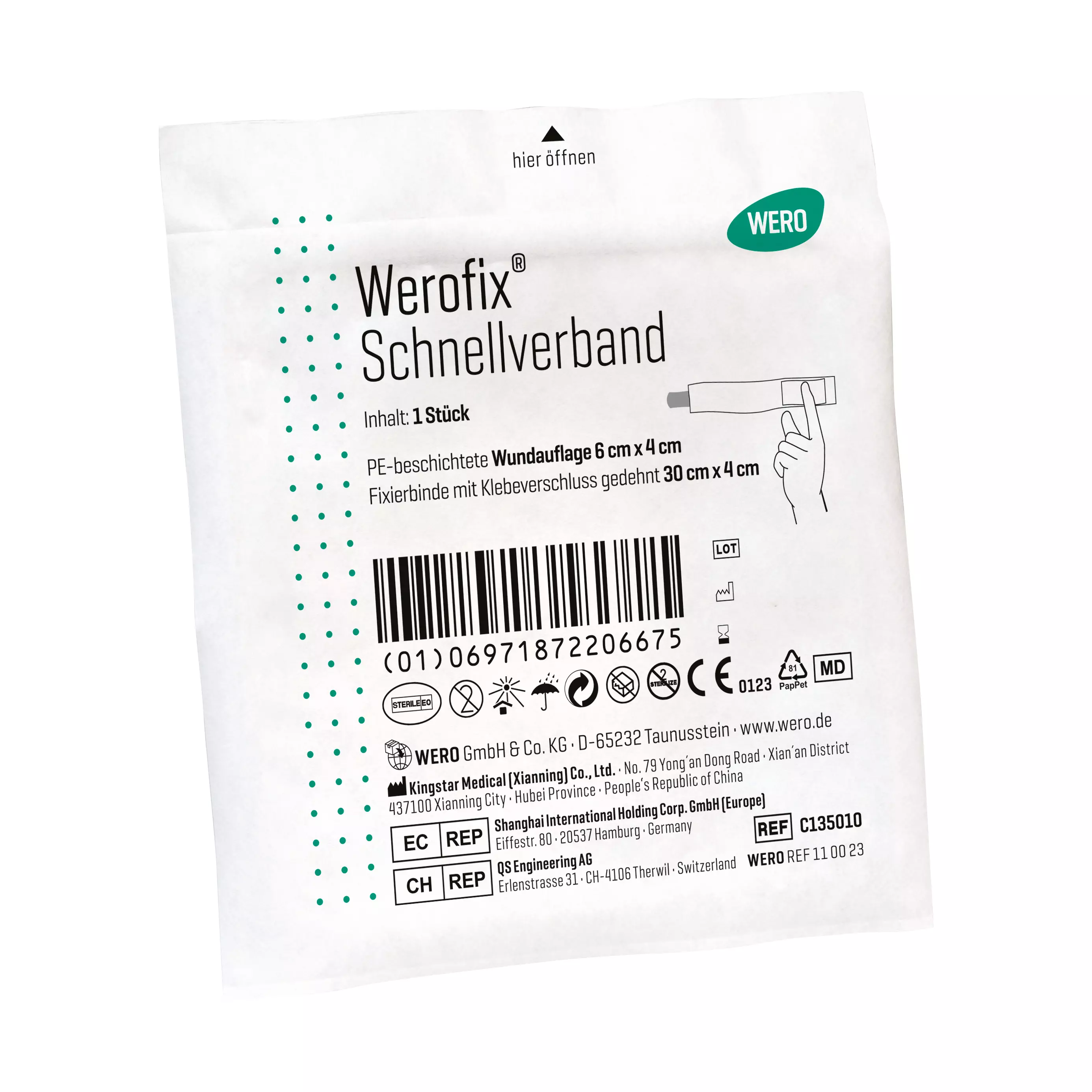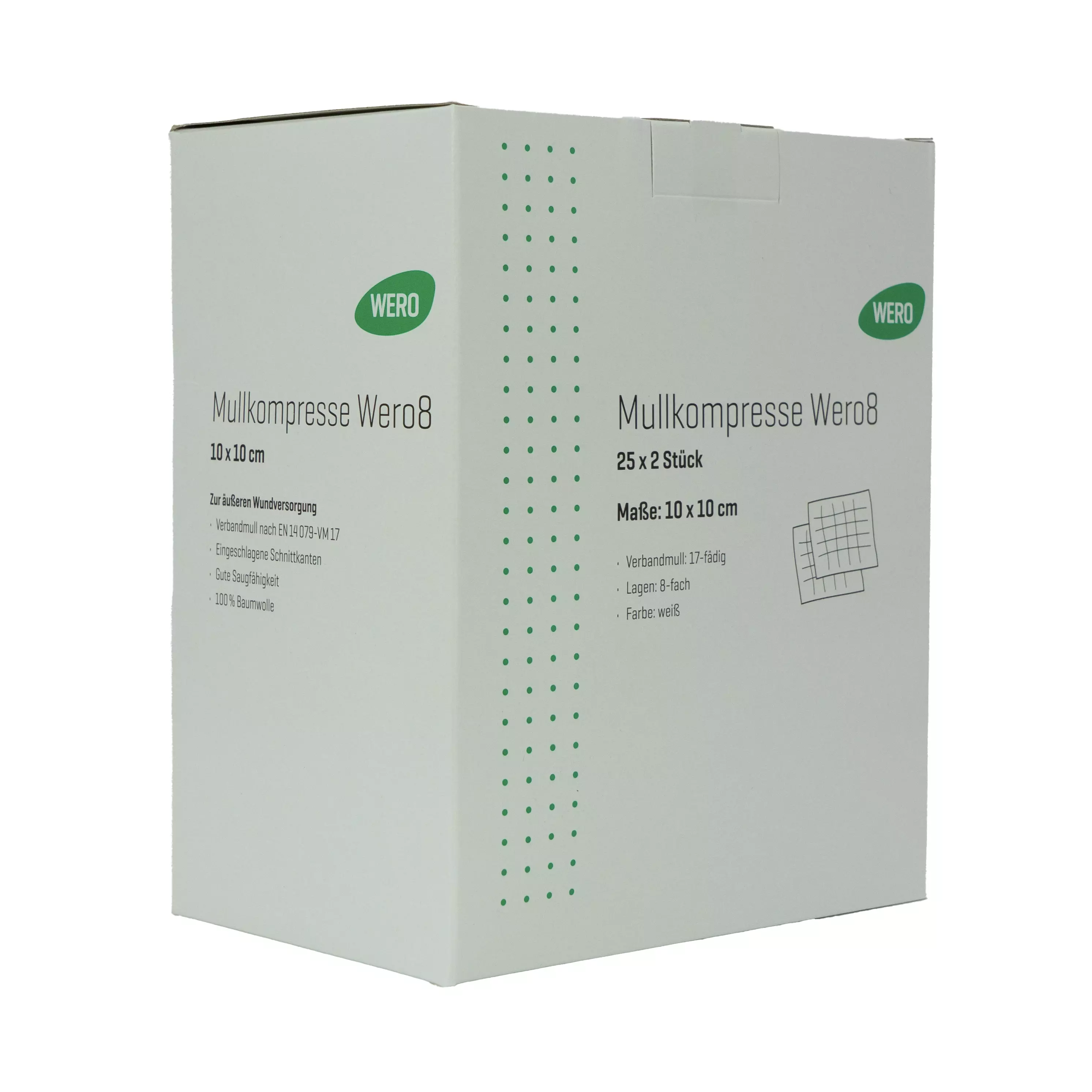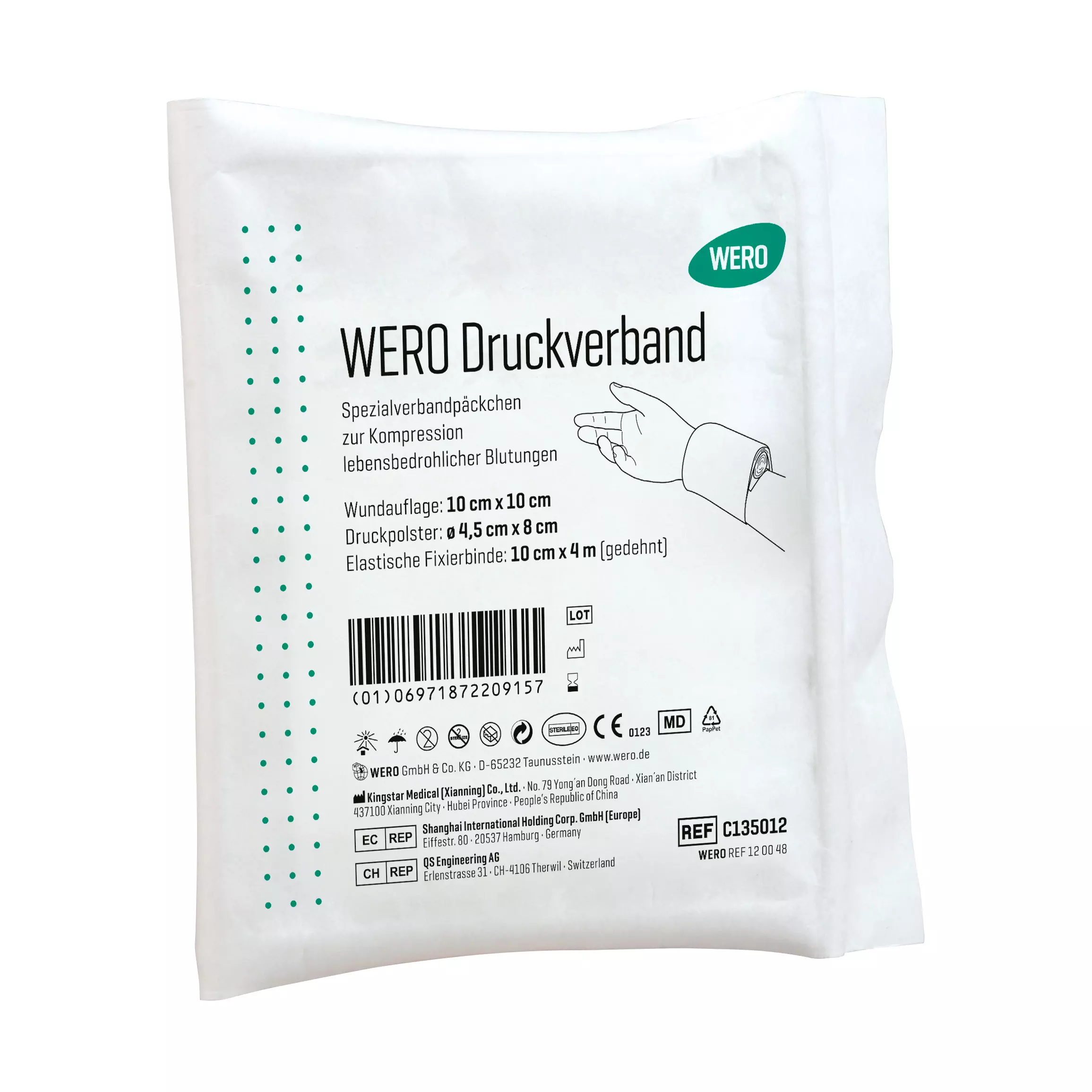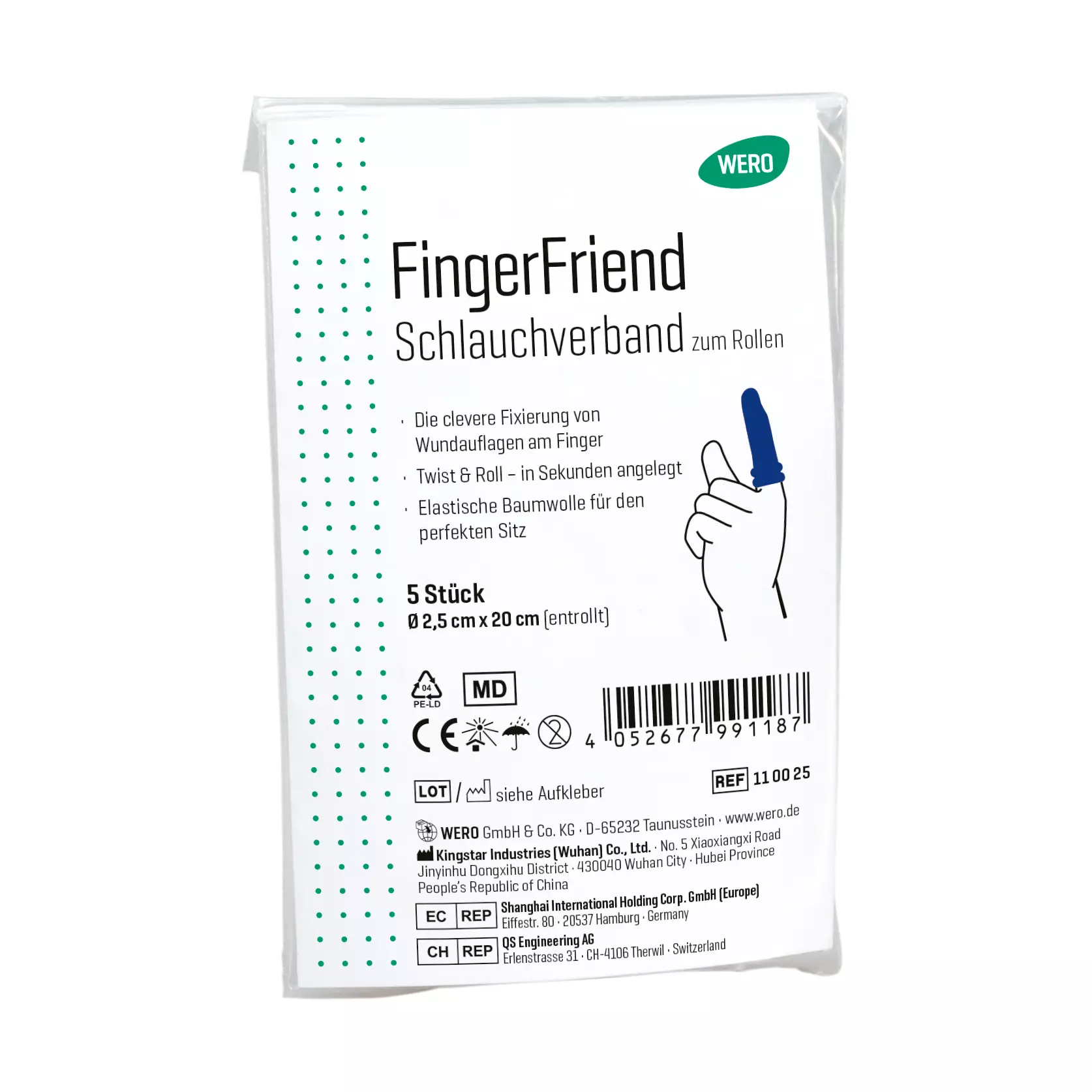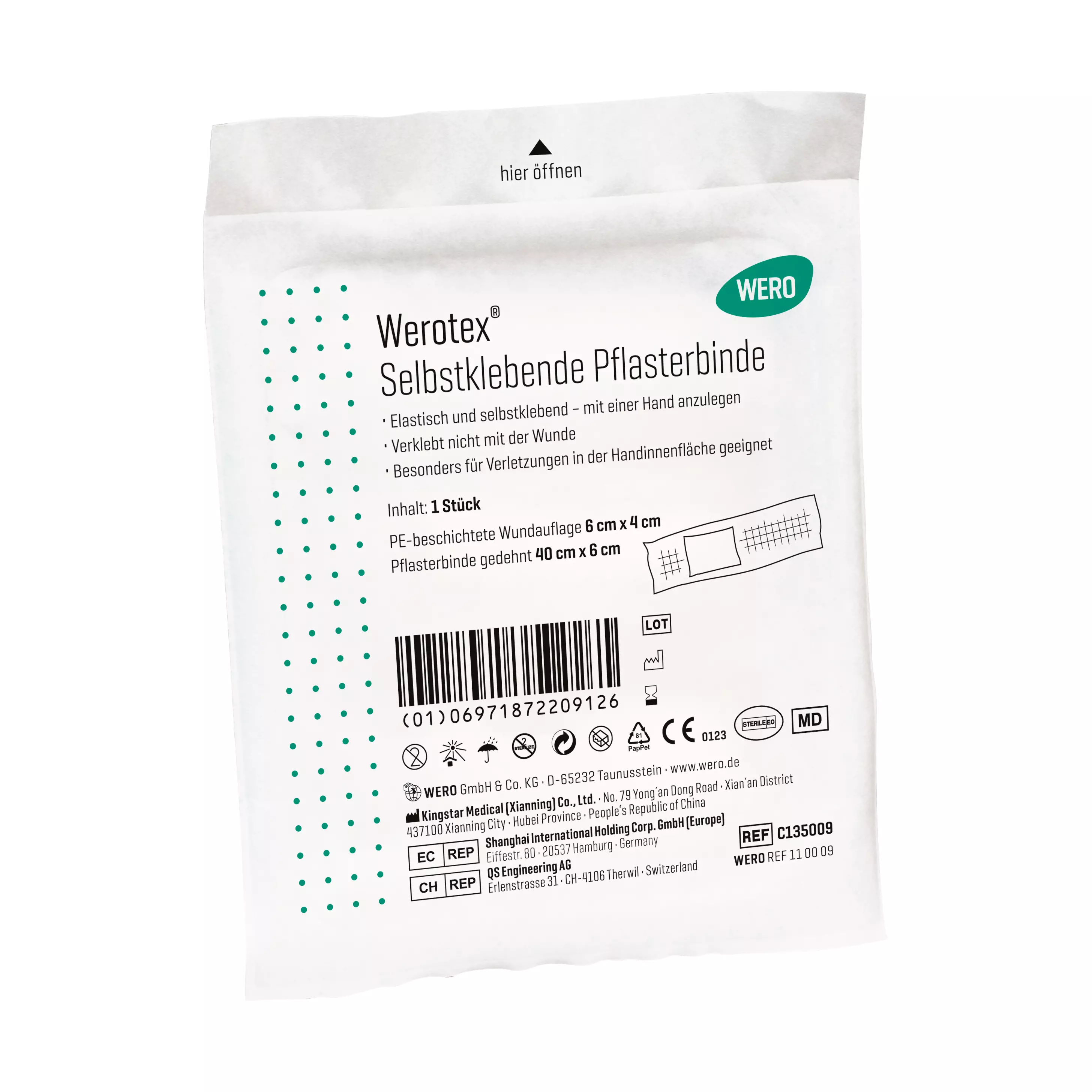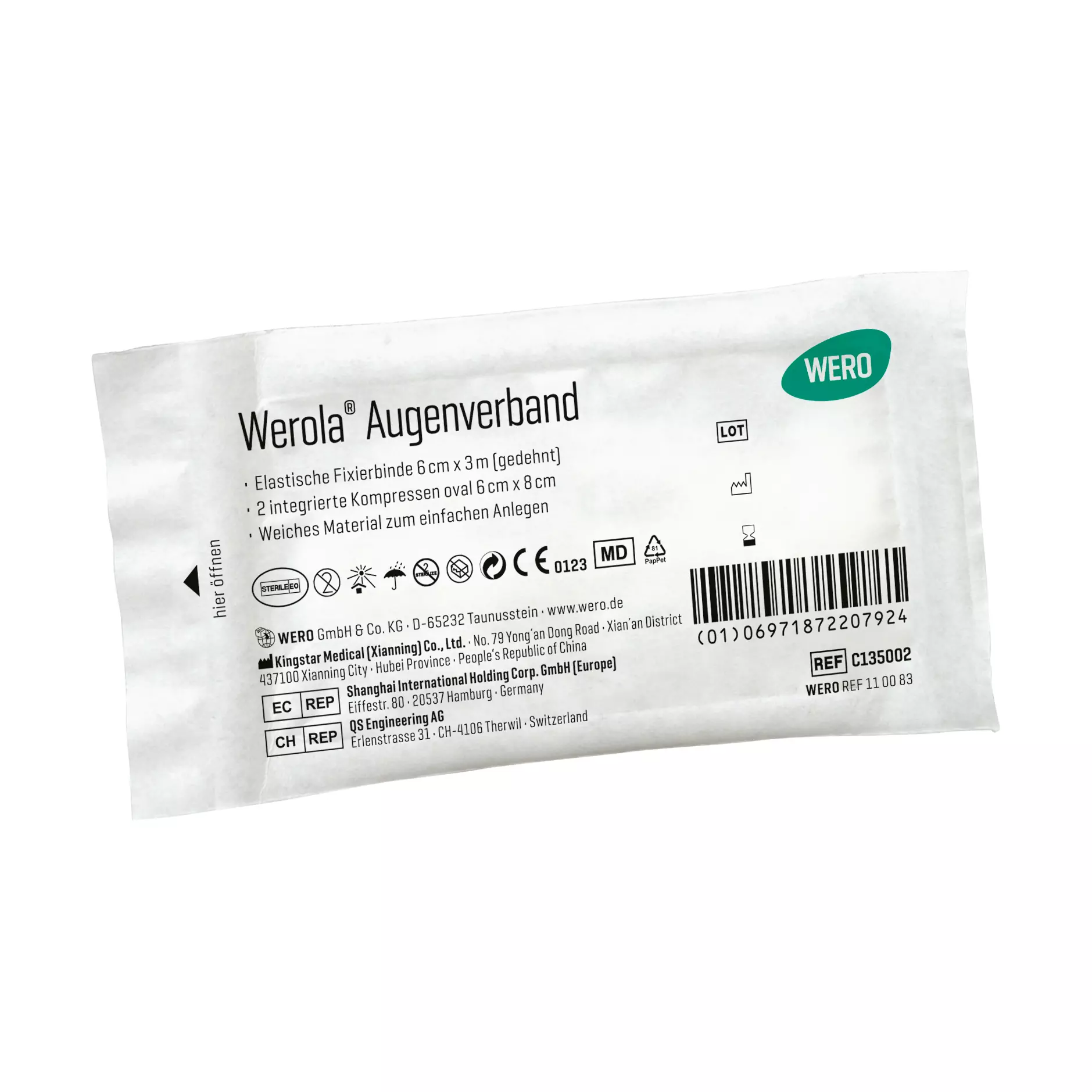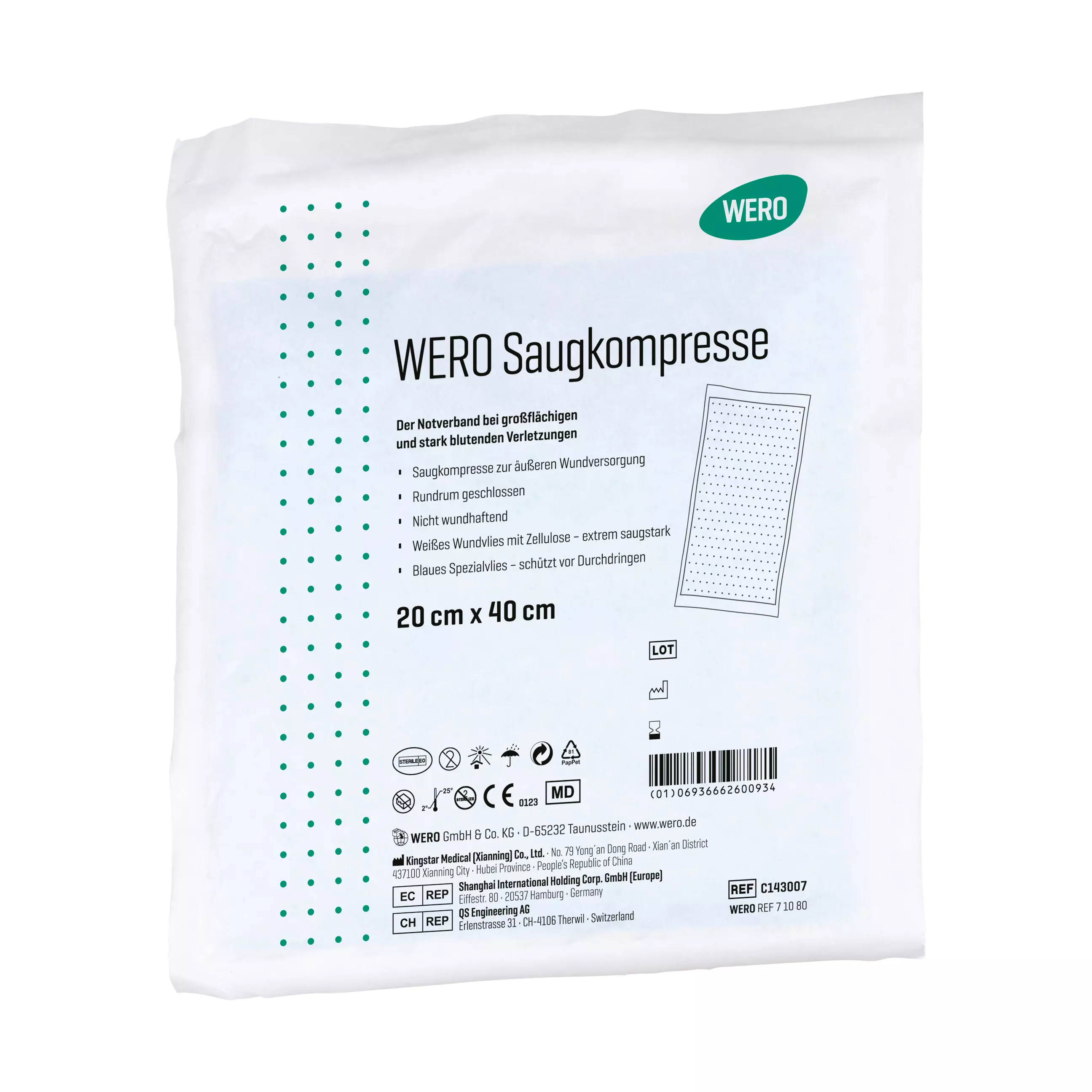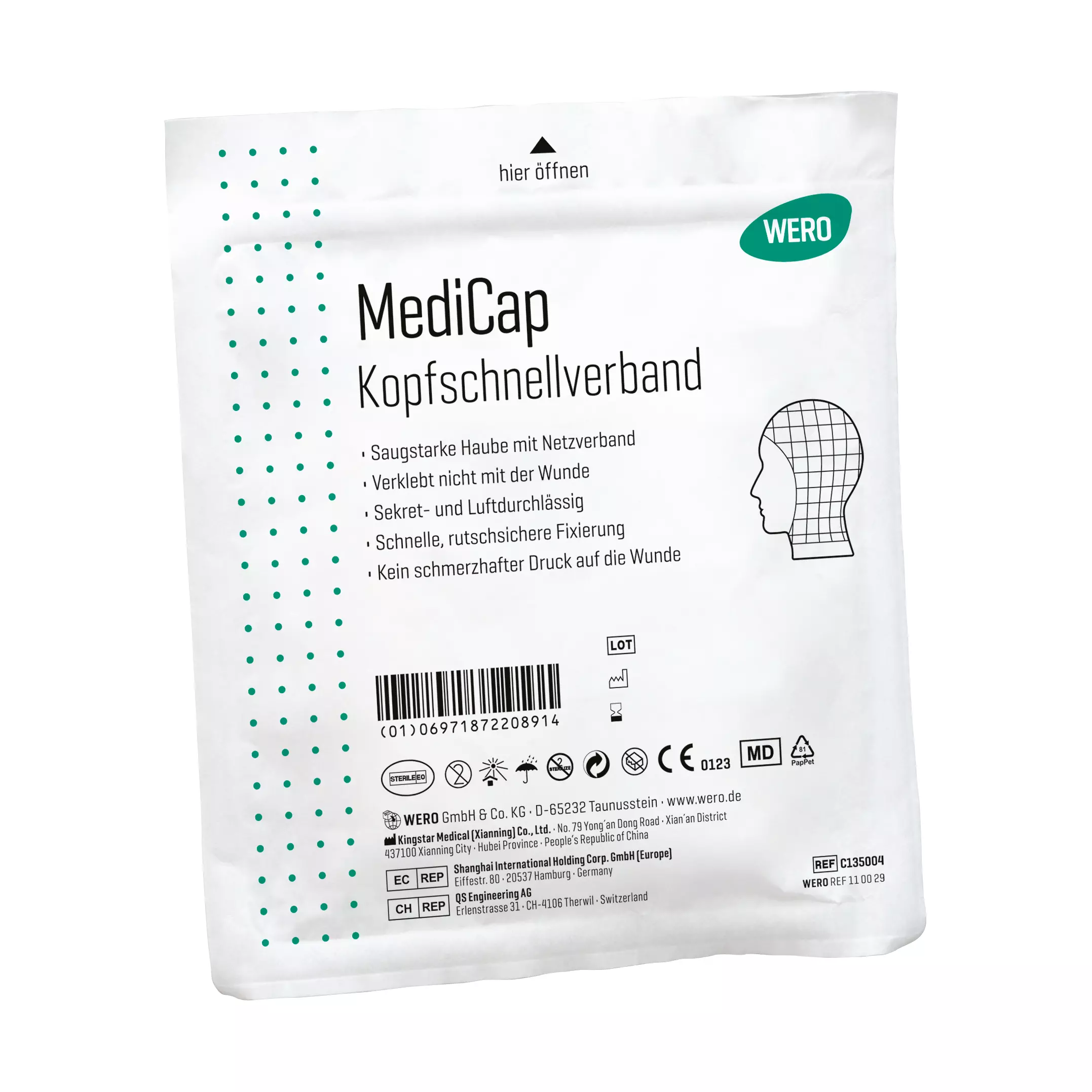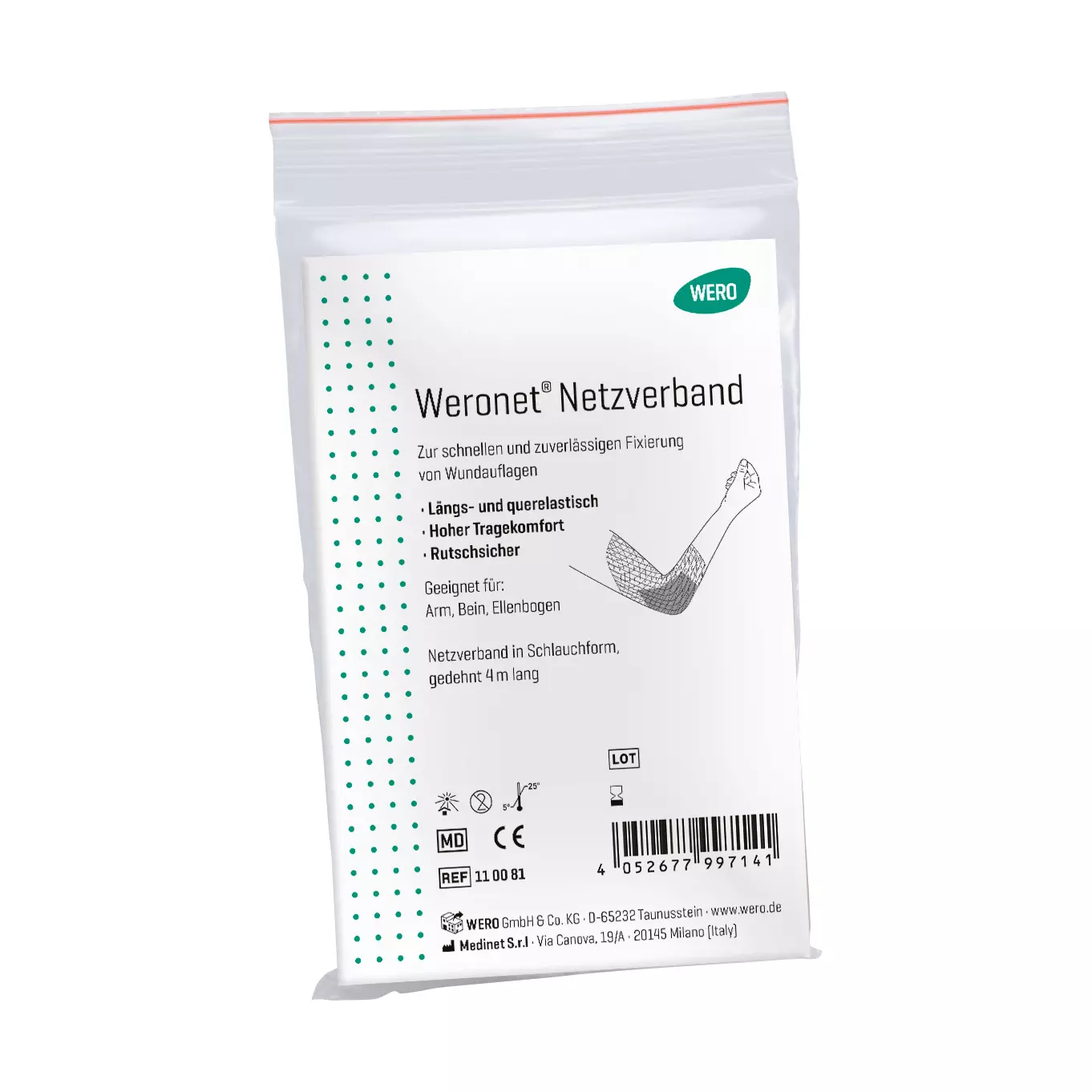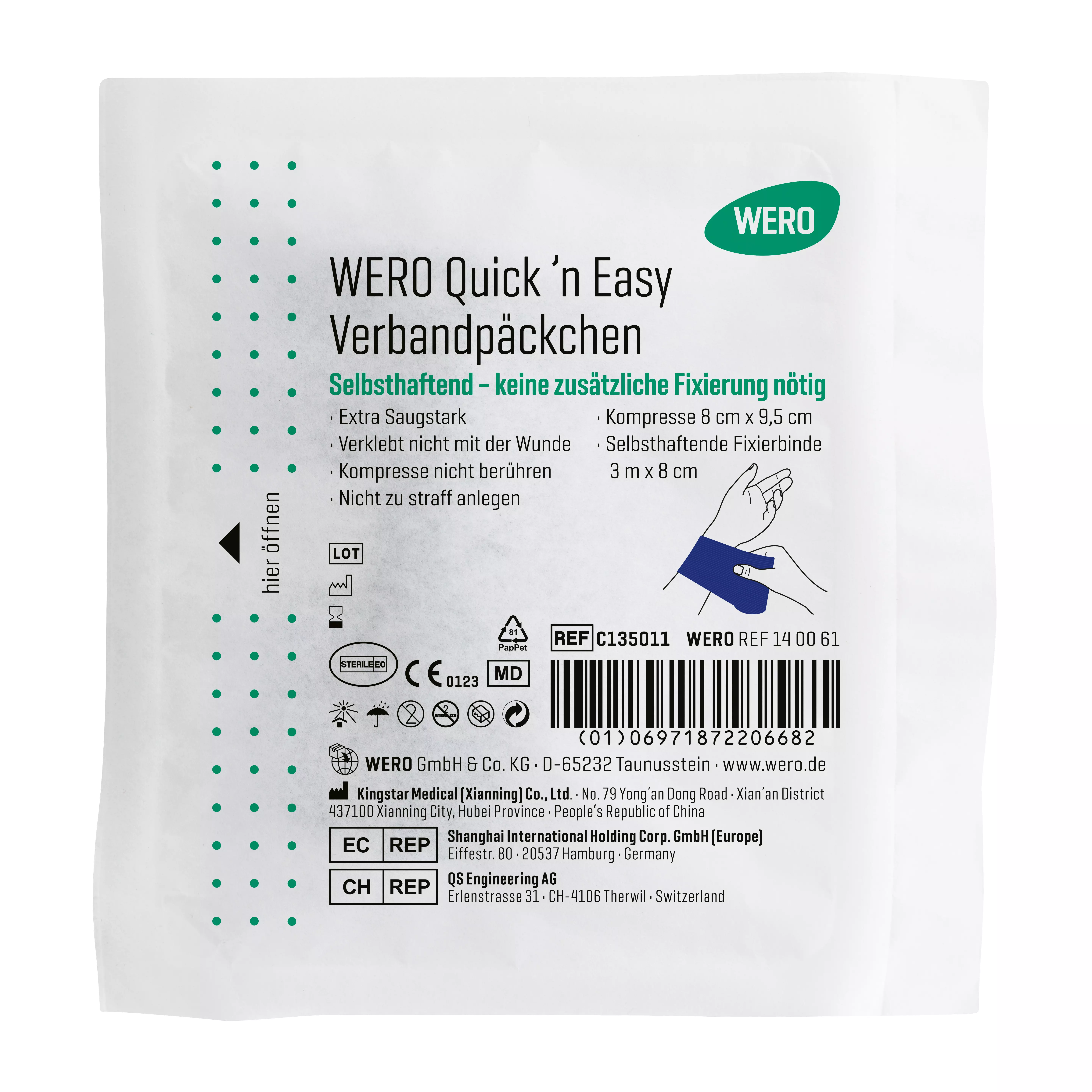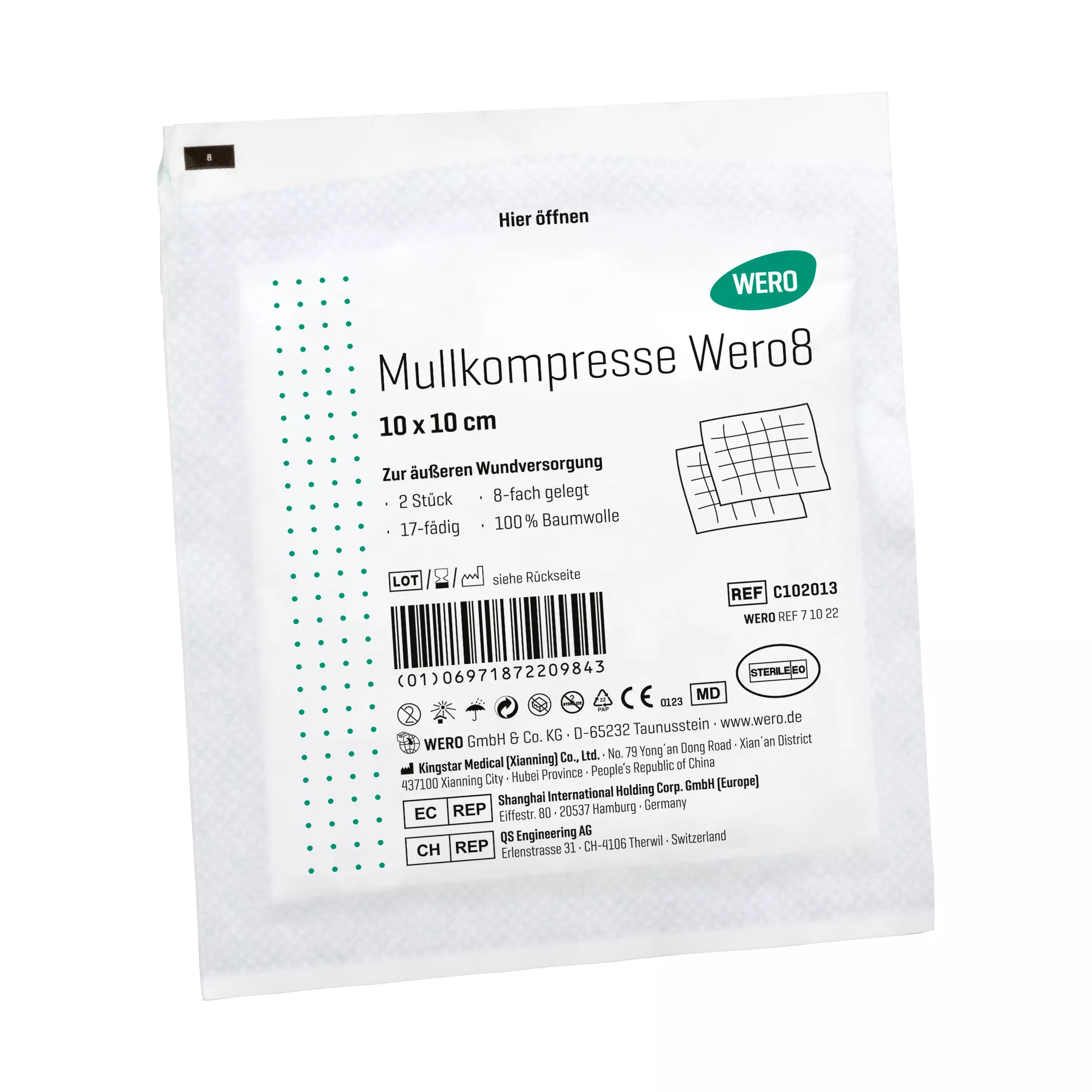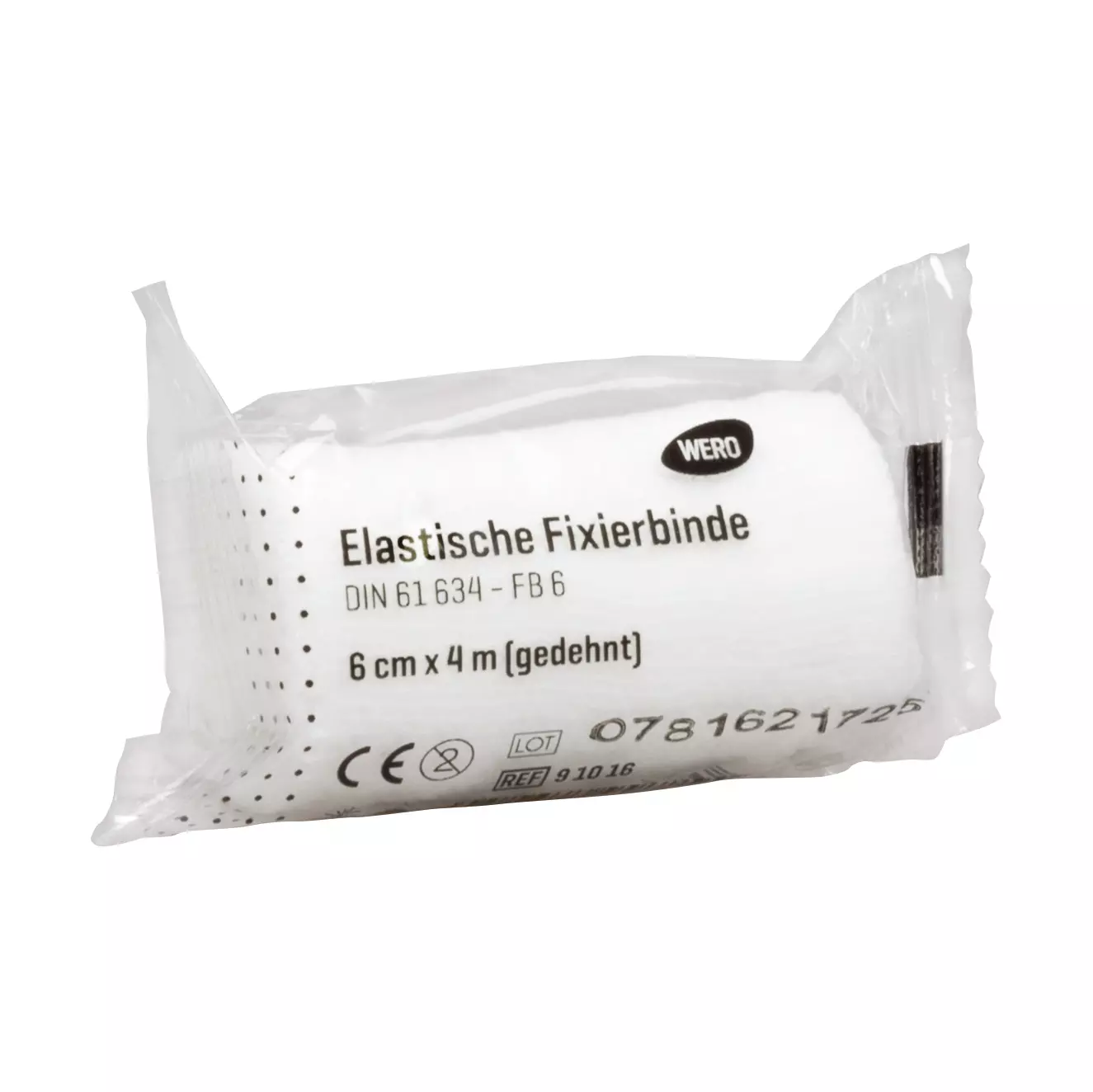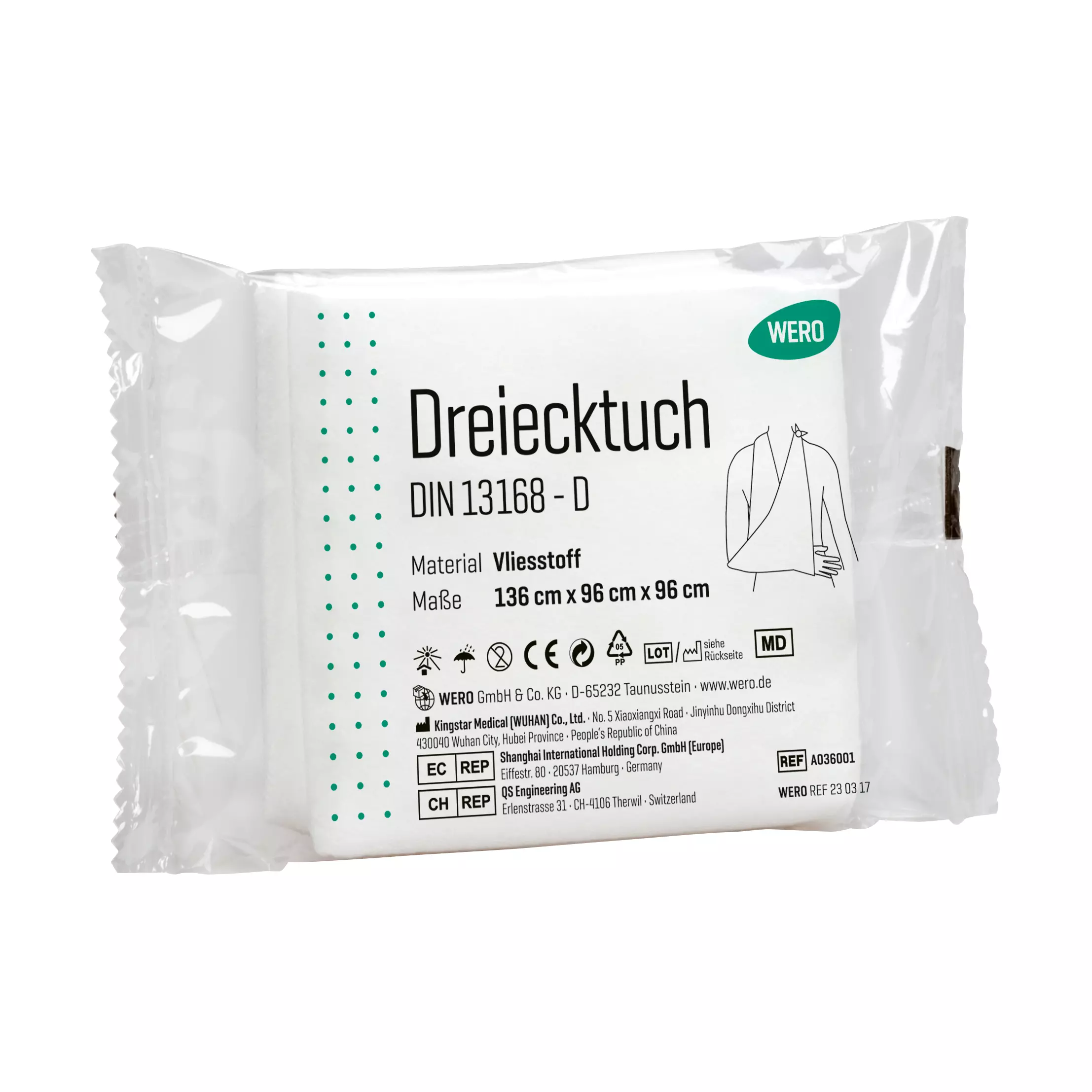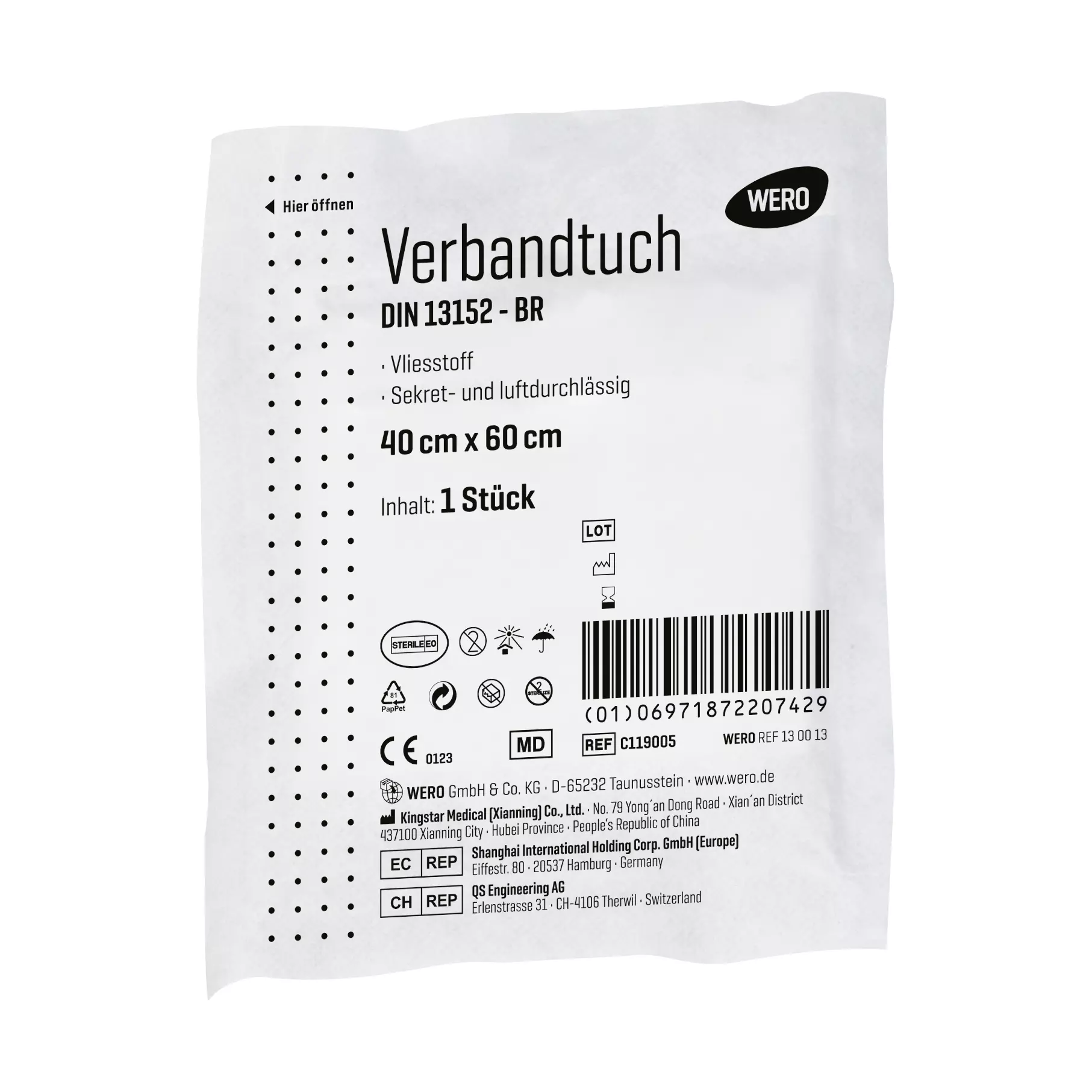High-quality dressing material for businesses and the medicine cabinet
From sterile and highly absorbent compresses, which are essential for the initial treatment of fresh wounds, to elastic bandages for minor sprains, our range offers a large selection of dressing materials for a wide variety of needs.
Available, delivery time: 1-3 days
Available, delivery time: 1-3 days
Available, delivery time: 1-3 days
Available, delivery time: 1-3 days
Available, delivery time: 1-3 days
Available, delivery time: 1-3 days
Available, delivery time: 1-3 days
Content: 25 piece (€0.89* / 1 piece)
Available in 2 days, delivery time 1-3 days
Available, delivery time: 1-3 days
Content: 5 piece (€1.19* / 1 piece)
Available, delivery time: 1-3 days
Available, delivery time: 1-3 days
Content: 2 piece (€1.67* / 1 piece)
Available, delivery time: 1-3 days
Content: 2 piece (€0.42* / 1 piece)
Available, delivery time: 1-3 days
Available, delivery time: 1-3 days
Available, delivery time: 1-3 days
Available, delivery time: 1-3 days
Available, delivery time: 1-3 days
Content: 25 piece (€0.57* / 1 piece)
Available, delivery time: 1-3 days
Available, delivery time: 1-3 days
Available, delivery time: 1-3 days
Available, delivery time: 1-3 days
Buy bandages and dressing materials from WERO
From an abrasion on the knee to a laceration on the eye to a dislocated or even broken arm - dressing materials are an important part of wound care and healing for a wide variety of injuries and wounds.
The difference between sterile and non-sterile dressing materials
Sterile dressing materials are used to treat fresh, open wounds and come into direct contact with the wound. Sterile dressing materials are intended to protect the wound and minimise the risk of infection.
Classic examples of sterile dressing materials are compresses, dressing packs, swabs and dressing cloths.
Non-sterile dressing materials are intended for the treatment of minor injuries that do not have a high risk of infection, such as minor abrasions or cuts. They are often only used to protect the wound from dirt and friction or to fix sterile dressing materials to the wound.
Non-sterile dressings include wound plasters, fixation bandages and cohesive dressings.

The correct use of dressing materials
Sterile compresses: For fresh and open wounds
- Preparation: Open the packaging of the sterile compress without touching the inside.
- Application: Place the compress directly on the wound to control bleeding and cover the wound.
- Fixation: Use a fixation bandage or medical tape to hold the dressing in place.
Elastic bandages: For sprains and for support
- Application: Start at the widest point and wrap the bandage around the affected area, applying even pressure.
- Securing: Make sure that the bandage is tight but not too tight so as not to impede circulation.
Tips for avoiding mistakes
- Do not wrap too tightly: A bandage that is too tight can impede circulation and lead to further damage.
- Change regularly: Bandages should be changed regularly to prevent infection and monitor the healing process.
Common dressing materials: from wound dressings to compresses
Our range includes a variety of common dressing materials. These include:
- Wound dressings: These absorb wound fluid and protect the wound. They are available in different sizes and shapes to suit the wound treatment.
- Compresses: These are used for primary wound care and are available in sterile and non-sterile versions. Compresses are particularly absorbent and are ideal for cleaning and covering wounds.
- Plasters and self-adhesive dress ings: These offer quick and easy solutions for minor injuries. Self-adhesive dressings are flexible and adhere to the skin without additional adhesive material. Mesh dressings offer the option of fixing wound dressings quickly and reliably.
- Other dressing materials: Our selection also includes speciality items for specific wound treatment requirements, such as head dressings.
How should dressing material be stored?
The correct storage of dressing materials is crucial to ensure their sterility and effectiveness. Keep dressing materials in a dry, cool place and out of the reach of children. Ensure that the packaging remains undamaged to maintain sterility.
Dressingcabinets are a good way to store dressing materials in a visible and centralised location for all employees in the company.
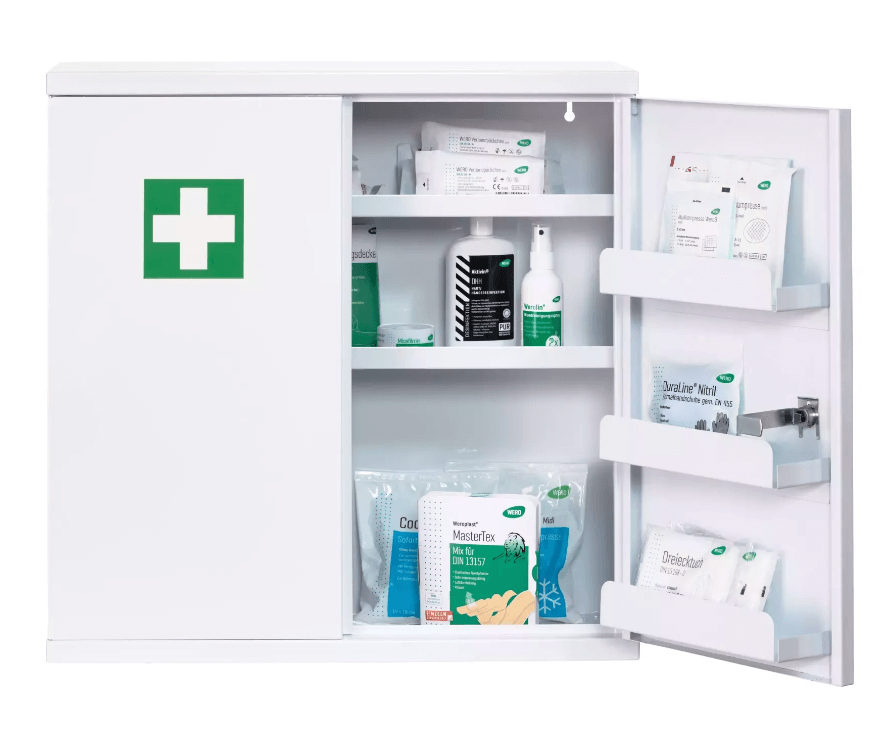
Durability of dressing materials
The shelf life of dressing materials varies depending on the type and manufacturer. In general, sterile dressing materials can last for several years, provided the packaging remains undamaged. However, it is important to observe the expiry date and replace expired products to ensure optimal wound care.

